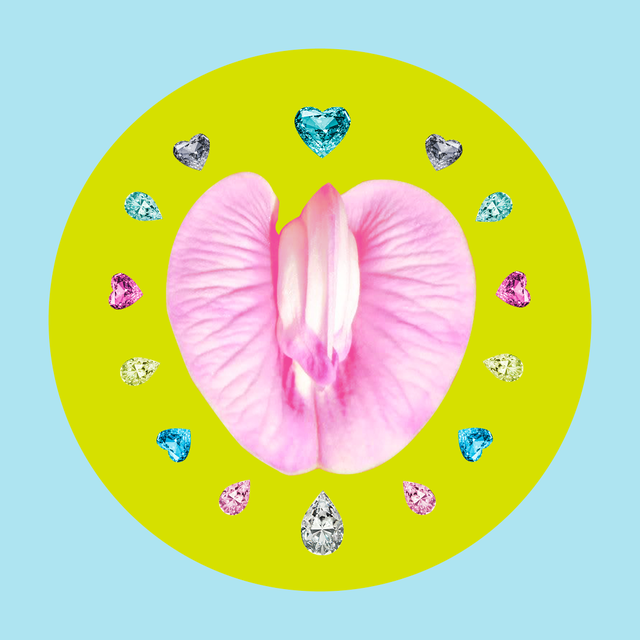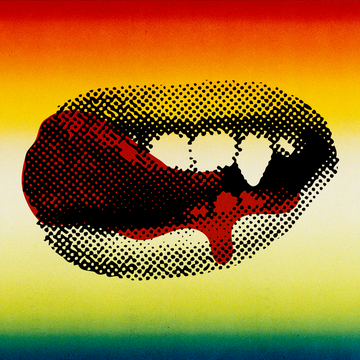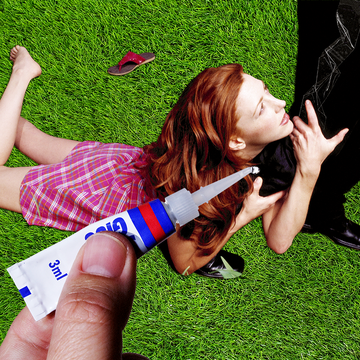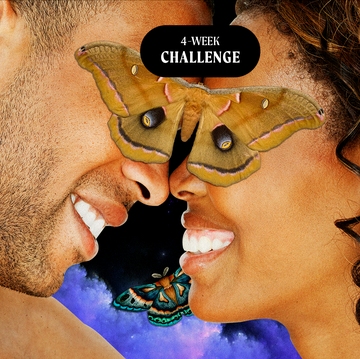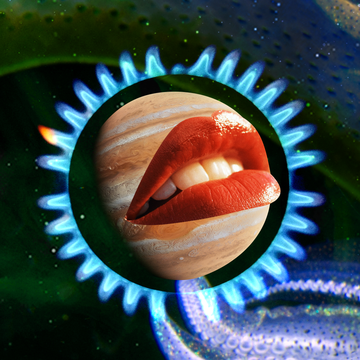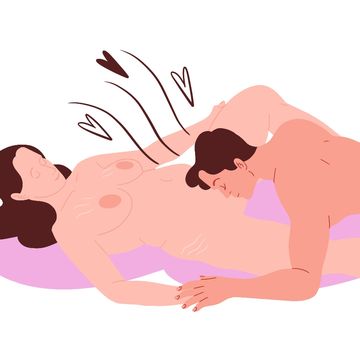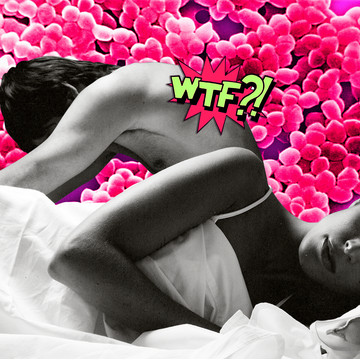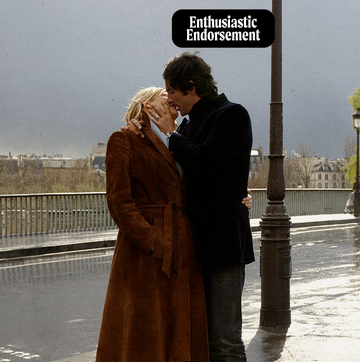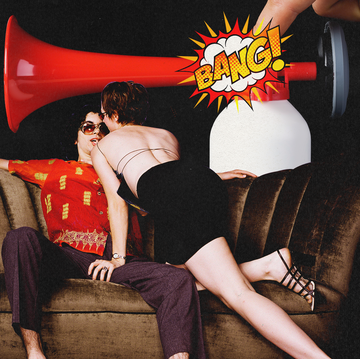Listen, it’s none of my business how you groom your nether regions, but if you’ve ever had the urge to remove some of your pubic hair and replace it with shiny gems, well, you’re in luck, ’cause you’ve found your way to this article all about vajazzling. (Why it’s spelled with a “j” like “jazz” and not with a “g” as in “vagina,” though, is beyond me, but we have much more important questions to attend to!)
Here’s the TL;DR on making your vagina look all sparkly.
First things first: What is vajazzling?
Well, it’s pretty much what it sounds like, i.e., putting a rhinestone decoration on the pubic area. But it’s not a sparkly forest situation—your pubes have to be removed before the crystals are put on or the adhesive won’t stick. Some salons use temporary rhinestone tattoos, while others might use individual gems. It all depends on the look you’re going for.
How long does a vajazzle design stay on?
The longest that a vajazzle will last is generally around seven days, but that can vary based on factors like sweat, exercise, body lotion, sex, etc.
How much does it cost to get vajazzled?
The price also really varies based on the salon—some places will do it for $18, while others charge around $50. The price can change based on where you go and what design you want done.
What is the point of vajazzle?
There are no benefits in terms of sexual pleasure, if that’s what you’re wondering! The point of vajazzling is to decorate your pubic area, like a landing strip but with a lot more bling.
But is vajazzling safe?
And here’s the most important thing to remember about vajazzling: According to gynecologist Kate White, MD, there are a few safety risks, starting with the initial hair removal. Dr. White notes that “shaving can lead to lacerations; both shaving and waxing lead to micro-tears in the skin, which makes you vulnerable to infections; and laser treatments can cause pain, swelling, and blistering.”
Since the skin is already more sensitive and prone to infection after hair removal, the glue used to stick the crystals on can lead to allergic reactions and infection, if it’s applied right after. And that’s not all! Dr. White notes that she’s “also read about bruising or cuts from the crystals themselves after intercourse, if the position of your partner leads to friction of the crystals against your skin.” Um, ow!

Alanna Greco is the weekend editor at Cosmopolitan.com and a freelance writer based in New York. Her writing focuses on anything/everything pertaining to women, from sex and relationships to pop culture and health. She has two cats that she’s still trying to get to like her.
